Construction machinery comes in many shapes and sizes and there’s no shortage of manufacturers all claiming to offer the best excavators. While it’s true that many machines share similar technologies, Kobelco has long been an excavator innovator and is constantly finding new ways to integrate the latest technology into its machinery in order to provide real solutions to customer problems.
Most recently, Kobelco entered the demolition sector with three new machines. Like Kobelco’s other heavy excavators for Europe, the Kobelco SK350DLC-10, SK400DLC-10 and larger capacity SK550DLC-10 were hand-built in Japan, and feature a host of Kobelco-developed demolition-specific technologies too.
Previous demolition machines had a structure that did not allow attachments to be exchanged, meaning one machine was required to complete either high or low demolition projects. Having machines dedicated to their individual specialty was useful on site, but productivity was low and investing in multiple machines was costly.
Working closely together with the manufacturing teams at our Itsukaichi factory, Kobelco’s designers and engineers came up with a solution to develop a machine structure with a common-use type base boom. The proven Kobelco-developed NEXT system gives the operator the ability to change tools on site and work at multiple heights with a single machine, maximising productivity. This means that the machine can be quickly set up and adapted to meet the job requirement, and can be used for the full duration of the project instead of swapping machines – attachments can be changed in around 20 minutes.
Another important benefit of the NEXT system is the low storage height of the ultra-high attachment when collapsed. This attachment is designed with the jib and arm cylinders crossed over the shorter inter arm, while the back of the arm remains flat. As a result, the height of the attachment in its stored position is approximately 2m, which means that it can be transported between projects on a standard trailer, further saving logistical costs.







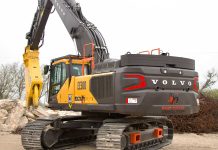
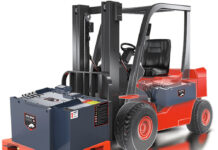
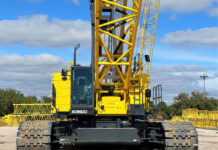
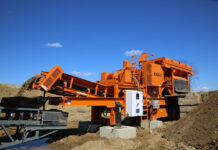
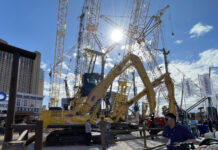
 Copyright 2020 All rights reserved.
Copyright 2020 All rights reserved.